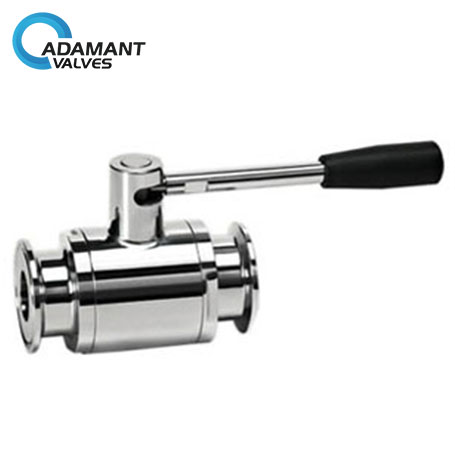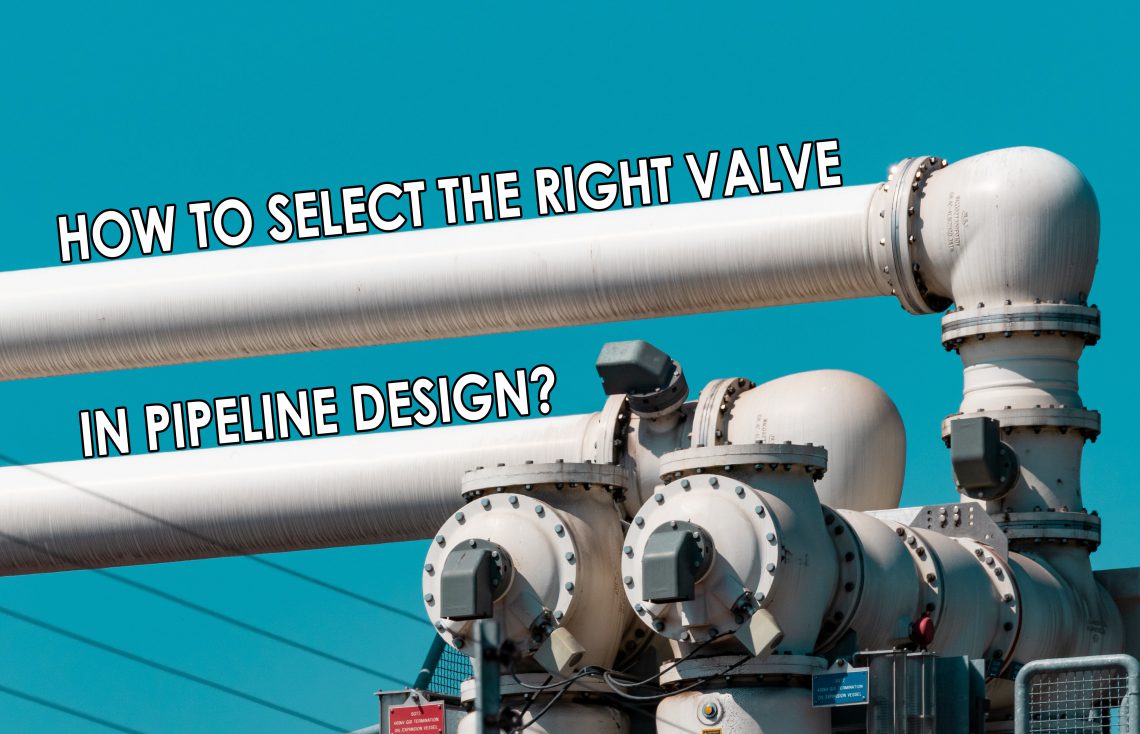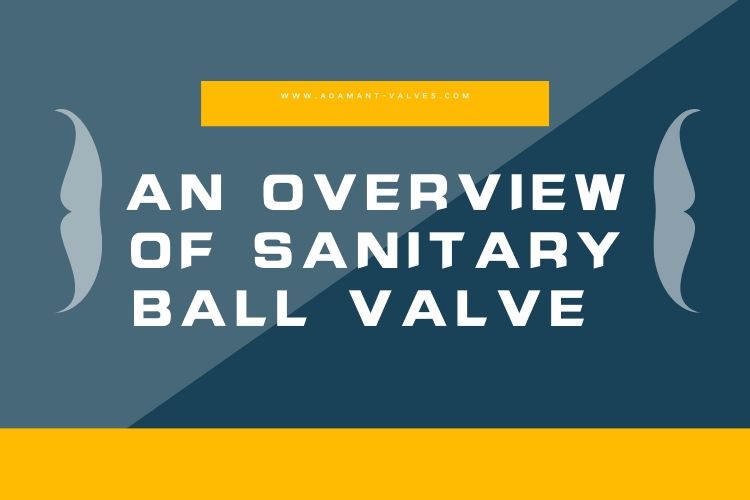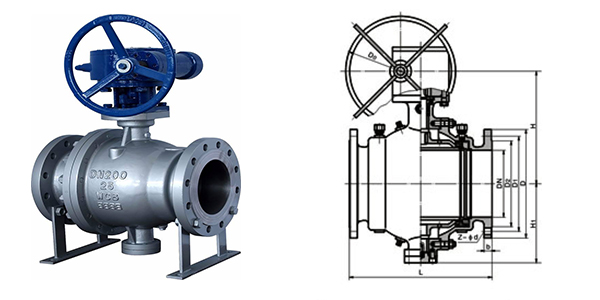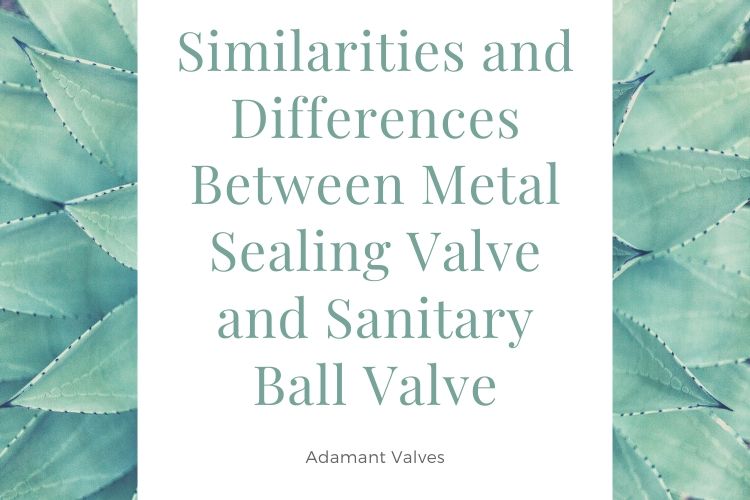A Sanitary ball valve is a type of valve opened by turning handles attached to balls inside the valves. A ball valve is durable and usually works to achieve perfect shutoff even after years of disuse. It has a wide range of applications, such as pharmaceutical production, winemaking, dairy products, fine chemicals, pharmaceuticals, and bioengineering in major enterprises. And it is suitable for many media, such as liquid, gas and steam. Sanitary ball valves are mostly stainless steel. Why is it made of stainless steel? The reason is simple, stainless steel is not only a relatively cheap material, but also durable and will not rust. This material is very environmentally…
-
-
How to Select the Right Valve in Pipeline Design?
Valve Characteristics The use characteristics of the valve determine its main performance and use range. The use characteristics of the valve include: valve category (closed-circuit valve, regulating valve, safety valve, etc.), product type (gate valve, globe valve, butterfly valve, ball valve, etc.), valve main parts (valve body, valve cover, valve stem, valve disc, sealing surface) material, valve rotation method, etc. The structural characteristics of the valve determine the installation, repair, maintenance and other methods of the valve. The structural characteristics include: the structural length and overall height of the valve, the connection form with the pipeline (flange connection, threaded connection, clamp connection, external thread connection, welding end connection, etc.), the…
-
An Overview of Sanitary Ball Valve
Sanitary ball valves are also called as hygienic ball valve which is opened by turning handles attached to balls inside the valves. The ball has a hole or port through the middle. When the port is in line with both ends of the valve, flow will occur. When the valve is closed, the hole is perpendicular to the ends of the valve, and flow is blocked. A ball valve is durable and usually work to achieve perfect shutoff even after years of disuse. Working Principle of Sanitary Ball Valve The Ball valve uses a hollow, perforated and pivoting ball to control flow through it. The ball valve drives the valve handle to…
-
Classification of Ball Valves by Their Structural Types
Floating ball valve The sphere of the ball valve floats. Under the effect of medium pressure, the sphere can produce a certain displacement and be pressed tight on the sealing surface at the outlet, ensuring the sealing of the outlet. The floating ball valve has a simple structure and good sealing, but a load of working medium sustained by the sphere is all passed on to the outlet sealing ring. Therefore, one needs to consider if the material of the sealing ring can sustain the working load of the sphere medium. This structure is widely used in medium and low-pressure ball valves. Fixed ball valve The sphere of the ball…
-
Similarities and Differences Between Metal Sealing Valve and Sanitary Ball Valve
The movement path of the metal sealing valve has the characteristics of both gate valve (multi-turn) and sanitary ball valve (90-degree turn), so its performance has the advantages of both gate valve and ball valve. The structures of the metal sealing valves and sanitary ball valves have similarities and differences, as is discussed below. Similarities: 1. Both of the metal sealing valve and sanitary ball valve can achieve metal sealing and endure high temperature. 2. They share the same way of operation. They can be operated by hand wheel or bevel gear box. 3. They share the same way of valve stem action. Lift first to make the valve flap…
